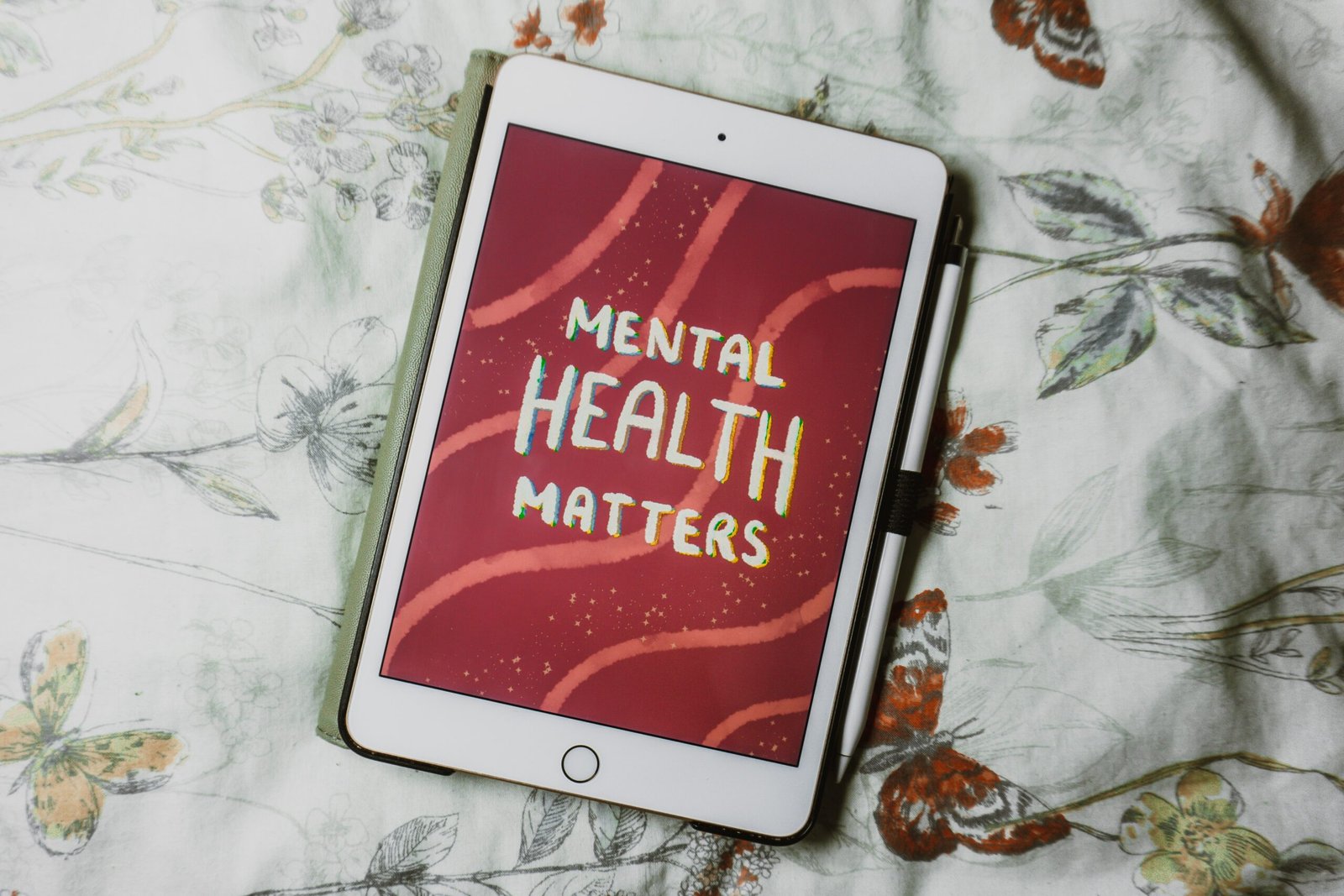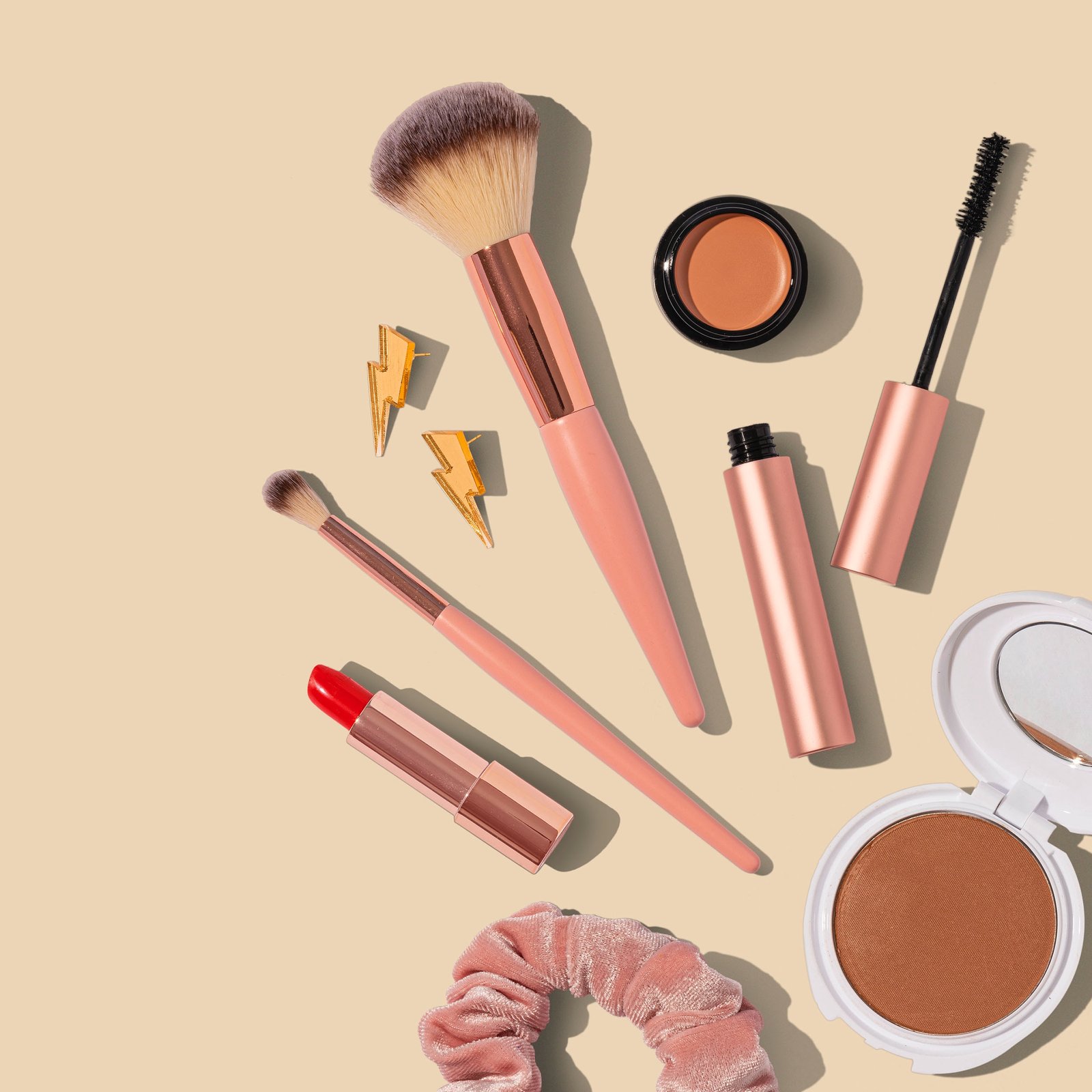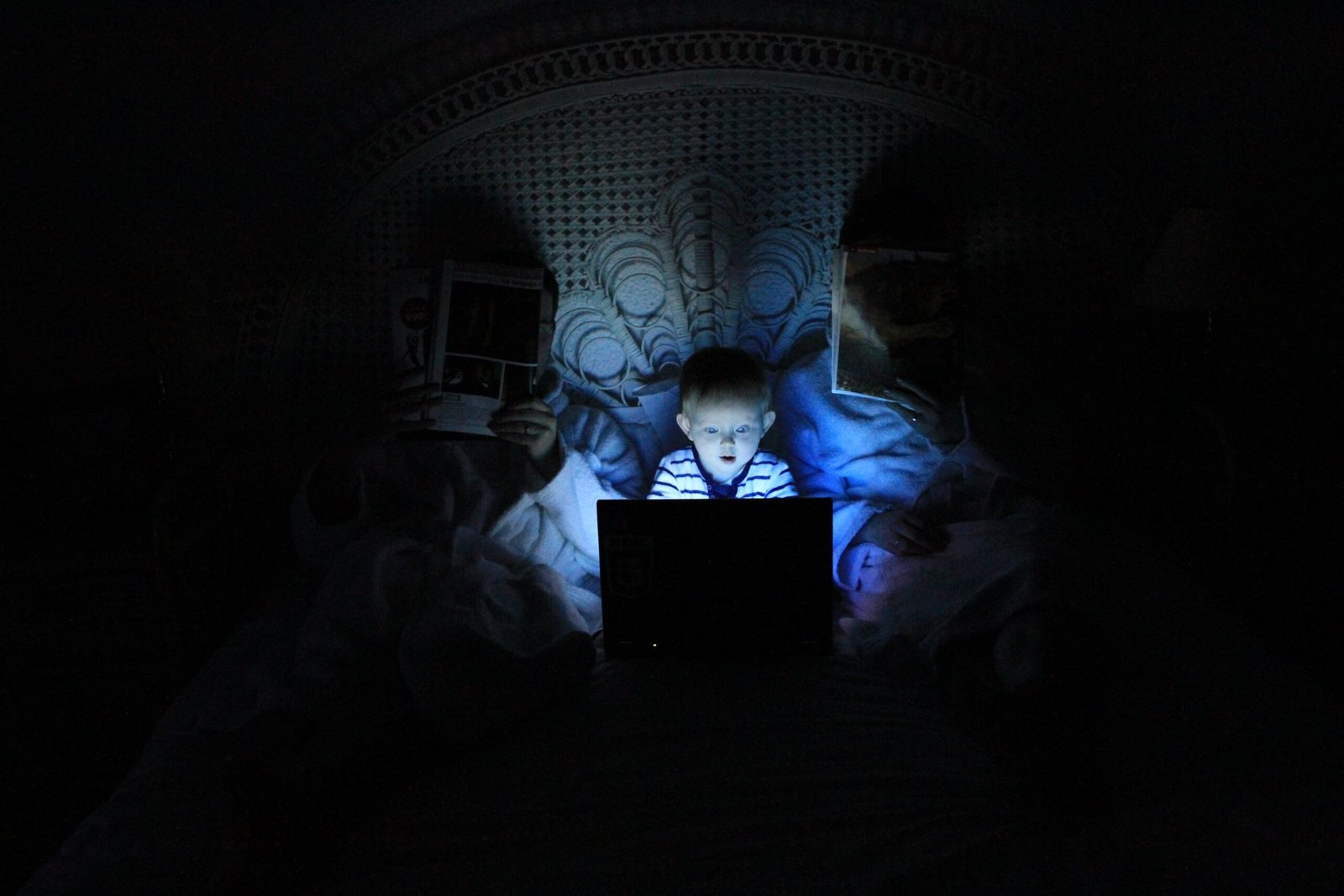The Ultimate Guide to Digital Detox: How to Disconnect in a Hyperconnected World
Welcome to the ultimate guide on how to achieve a digital detox in today’s hyperconnected world. With the constant presence of smartphones, social media, and endless streams of information, it’s becoming increasingly challenging to disconnect and find moments of peace and serenity. In this blog post, we will explore the current trends and provide you with actionable tips to help you reclaim control over your digital life.
The Rise of Digital Dependency
In recent years, our reliance on digital devices has reached unprecedented levels. According to a study by the Pew Research Center, 81% of Americans own a smartphone, and on average, we spend over 3 hours a day on our phones. This constant connectivity has led to a range of negative effects on our mental and physical well-being, including increased stress levels, decreased productivity, and disrupted sleep patterns.
The Benefits of Digital Detox
Disconnecting from the digital world can have numerous benefits for our overall well-being. By taking regular breaks from technology, we can reduce stress, improve sleep quality, enhance focus and productivity, and foster better relationships. It allows us to reconnect with ourselves, nature, and the present moment.
Top 10 Ways to Achieve a Digital Detox
- Set Clear Boundaries: Start by setting clear boundaries for your digital usage. Designate specific times and spaces for technology-free activities, such as meals, family time, or leisure activities.
- Create a Phone-Free Zone: Establish a phone-free zone in your home, such as the bedroom or dining area. This will help you disconnect during crucial moments and promote better sleep.
- Practice Mindfulness: Incorporate mindfulness techniques into your daily routine. Take a few moments each day to focus on your breath, engage in meditation, or simply observe your surroundings without distractions.
- Unplug on Weekends: Dedicate weekends to unplugging from technology completely. Use this time to engage in activities that bring you joy, such as reading, hiking, or spending quality time with loved ones.
- Engage in Digital Decluttering: Regularly declutter your digital life by unsubscribing from unnecessary email lists, deleting unused apps, and organizing your digital files. A clutter-free digital space promotes a clutter-free mind.
- Explore Offline Hobbies: Rediscover the joy of offline hobbies and activities. Whether it’s painting, gardening, playing a musical instrument, or cooking, find activities that bring you fulfillment and engage your senses.
- Establish Tech-Free Times: Set specific times during the day when you disconnect from technology completely. Use this time to focus on self-care, reading a book, or engaging in face-to-face interactions.
- Embrace Nature: Spend time in nature regularly. Disconnecting from technology and immersing yourself in natural surroundings can have a profound impact on your well-being.
- Practice Digital Sabbaticals: Plan periodic digital sabbaticals, where you completely disconnect from technology for a set period. Use this time to rejuvenate, reflect, and recharge.
- Build a Support System: Surround yourself with like-minded individuals who support your digital detox journey. Share your experiences, challenges, and successes with others to stay motivated and accountable.
FAQs
Q: How long should a digital detox last?
A: The duration of a digital detox can vary depending on your personal preferences and goals. It can range from a few hours to several days or even weeks. Start with shorter detox periods and gradually increase the duration as you become more comfortable.
Q: Can I still use technology for work during a digital detox?
A: While the goal of a digital detox is to disconnect from non-essential technology use, it may not always be possible to completely avoid work-related technology. However, try to minimize your usage to essential tasks only and establish clear boundaries between work and personal time.
Q: What are some alternative activities to replace screen time?
A: There are countless activities you can engage in to replace screen time. Some examples include reading a book, practicing yoga or meditation, going for a walk or run, cooking, painting, playing a musical instrument, or spending quality time with loved ones.
Tips for Maintaining a Digital Detox
- Start small: Begin by implementing small changes in your daily routine, such as setting aside designated technology-free times or creating a phone-free zone.
- Find accountability: Share your digital detox journey with a friend or family member who can hold you accountable and provide support.
- Practice self-compassion: Be kind to yourself if you slip up or find it challenging to disconnect. Remember that it’s a journey, and every small step counts.
- Experiment with different strategies: Not all strategies work for everyone. Explore different techniques and find what resonates with you.
- Reflect on the benefits: Regularly remind yourself of the positive impact a digital detox has on your well-being. Celebrate your accomplishments and the moments of peace and clarity you experience.
Conclusion
In a world dominated by digital distractions, taking the time to disconnect and engage in a digital detox is essential for our well-being. By implementing the strategies and tips outlined in this guide, you can regain control over your digital life, reduce stress, and create space for meaningful connections and experiences. Start your digital detox journey today and embrace a healthier, more balanced relationship with technology.
Remember, it’s time to take back control of your digital life. Share this guide with others and encourage them to join you on the path to a more mindful and balanced existence.









